Sign up for workout ideas, training advice, reviews of the latest gear and more.

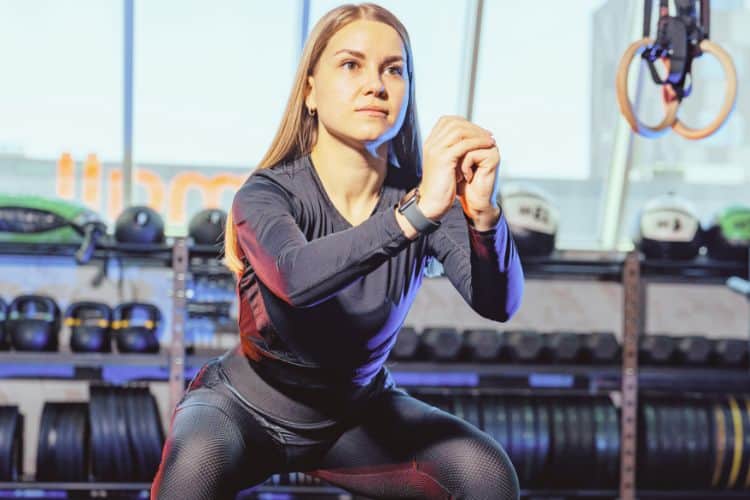
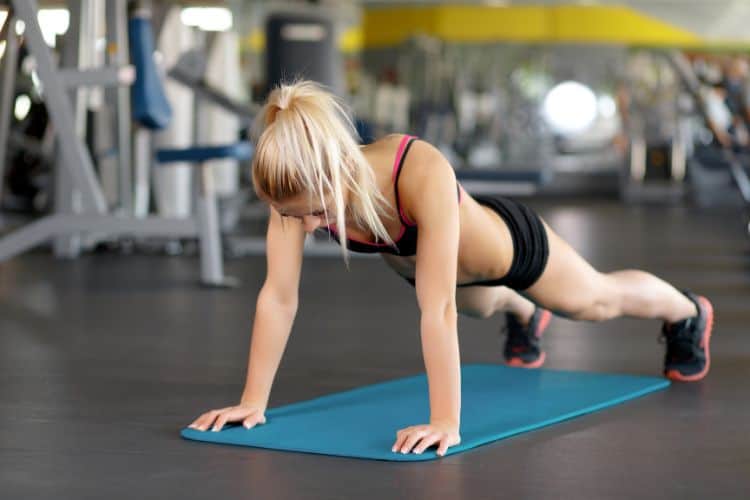
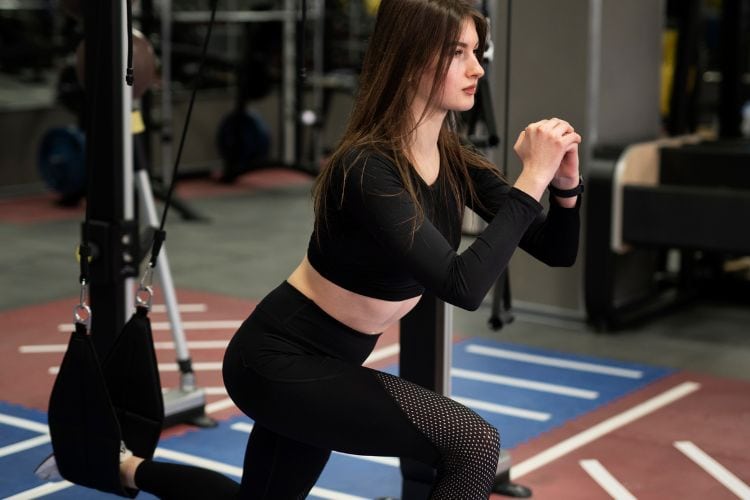
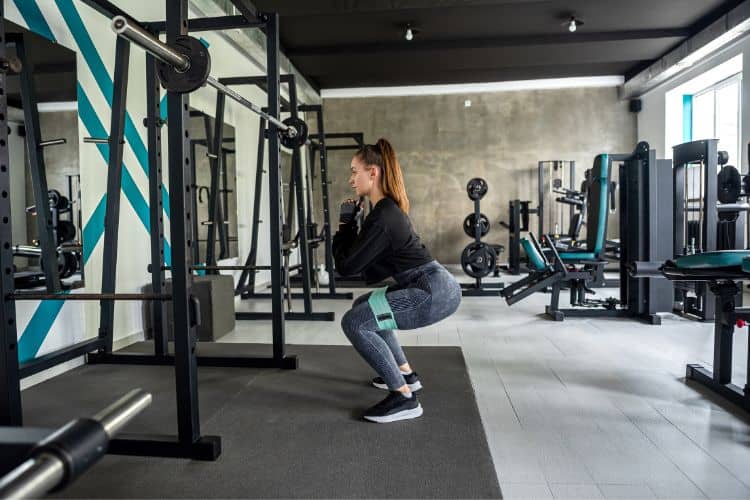
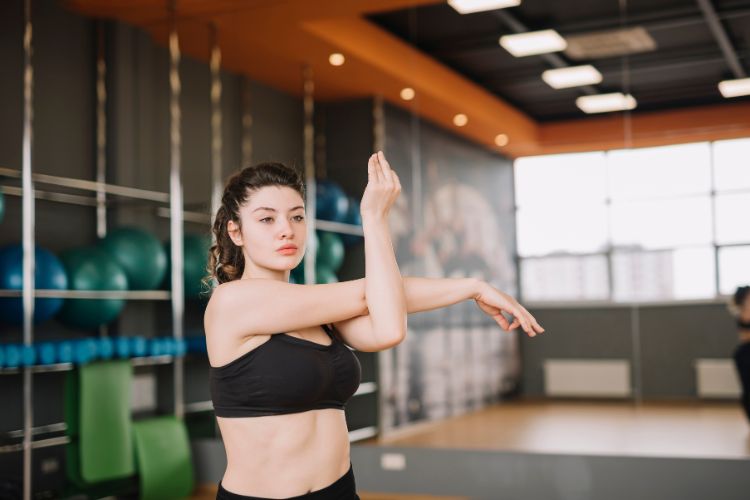
Flexibility is a critical yet often overlooked component of fitness, especially when it comes to the upper body. Whether you’re an athlete, a desk worker, or someone recovering from injury, maintaining flexible muscles in your shoulders, chest, back, and arms is essential for mobility, performance, and pain prevention. Upper body flexibility exercise improve your range of motion, reduce stiffness, and prevent injuries. This guide explores the top upper body stretches, their benefits, how to safely perform them, and how to incorporate them into your weekly routine.
Stretching isn’t just about touching your toes—it directly impacts your posture, shoulder mobility, and even breathing. Here are some key benefits of upper body flexibility training:
Tight muscles can limit how far you can move your arms or rotate your shoulders. Flexibility training lengthens the muscles, allowing joints to move more freely and fully.
Slouching from long hours at a desk tightens the chest and weakens the upper back. Stretching the chest and shoulders helps realign the spine and promotes better posture.
Tight muscles are more prone to tears and strains. Regular stretching reduces the risk of overuse injuries in the shoulders, rotator cuffs, neck, and upper spine.
Chronic upper back, neck, or shoulder pain is often linked to tightness. Flexibility exercises relieve muscle tension and alleviate pain caused by poor posture or repetitive stress.
Whether you’re lifting weights, swimming, boxing, or throwing, upper body flexibility helps you move more efficiently, improves muscle coordination, and boosts performance.
These exercises target different upper body areas—shoulders, chest, arms, upper back, and neck. Perform each stretch slowly and hold for 20–30 seconds.
Muscles Targeted: Sternocleidomastoid, upper traps
How to Do It:
Muscles Targeted: Deltoids, traps
How to Do It:
Muscles Targeted: Rear deltoid, rhomboids
How to Do It:
Muscles Targeted: Pectorals
How to Do It:
Muscles Targeted: Upper traps, pecs, scapular stabilizers
How to Do It:
Muscles Targeted: Triceps, lats
How to Do It:
Muscles Targeted: Biceps brachii
How to Do It:
Muscles Targeted: Erector spinae, traps
How to Do It:
Muscles Targeted: Rhomboids, traps, deltoids
How to Do It:
Creating an effective flexibility routine doesn’t require hours of time. You can benefit from just 10–15 minutes of stretching 3 to 5 times per week.
Always warm up with light cardio (like arm circles, jogging, or dynamic stretches) before doing static flexibility work. This increases blood flow and reduces the risk of injury.
| Day | Focus Area | Time Required |
|---|---|---|
| Monday | Neck & Shoulders | 10 mins |
| Wednesday | Chest & Upper Back | 15 mins |
| Friday | Arms & Spine | 10 mins |
| Sunday | Full Upper Body Flow | 20 mins |
If you sit for hours each day, upper body stiffness is inevitable. Here are some simple stretches you can do at your desk.
These micro-movements restore circulation and prevent postural fatigue throughout your workday.
Many people confuse flexibility and mobility, but both play different roles in upper body function.
You can improve mobility with controlled movement drills like shoulder dislocates or resistance band pass-throughs, while flexibility is enhanced with longer-duration stretches.
If you want to deepen your upper body flexibility practice, consider using these tools:
Stretching cold muscles can cause strain. Always warm up first.
Breathe deeply and rhythmically to enhance stretch effectiveness.
Flexibility takes time. Forcing a stretch can lead to muscle tears or tendon injury.
Always stretch both sides evenly to prevent imbalances.
If you experience chronic tightness, pain during stretching, or restricted motion despite consistent stretching, it may be time to see a physical therapist or mobility coach. They can assess muscular imbalances, joint restrictions, or underlying conditions contributing to your limited flexibility.
Flexibility exercises for the upper body offer more than just muscle elongation—they contribute to pain relief, posture correction, and better movement. Whether you’re looking to enhance athletic performance or simply relieve neck tension after a long day at the computer, integrating these stretches into your weekly routine can significantly improve your quality of life.
Remember: Flexibility is not about being “naturally bendy”—it’s about consistency and intention. Start small, stay consistent, and your upper body will thank you.
A: Aim for 3–5 times per week, or even daily for desk workers or athletes.
A: Yes. Stretching tight muscles like the chest and rotator cuff can relieve tension that causes shoulder pain.
A: Post-workout or in the evening when your body is warm.
A: No, but yoga straps and foam rollers can enhance certain stretches.
Stay up to date on the latest women’s health, fitness and lifestyle trends and tips.